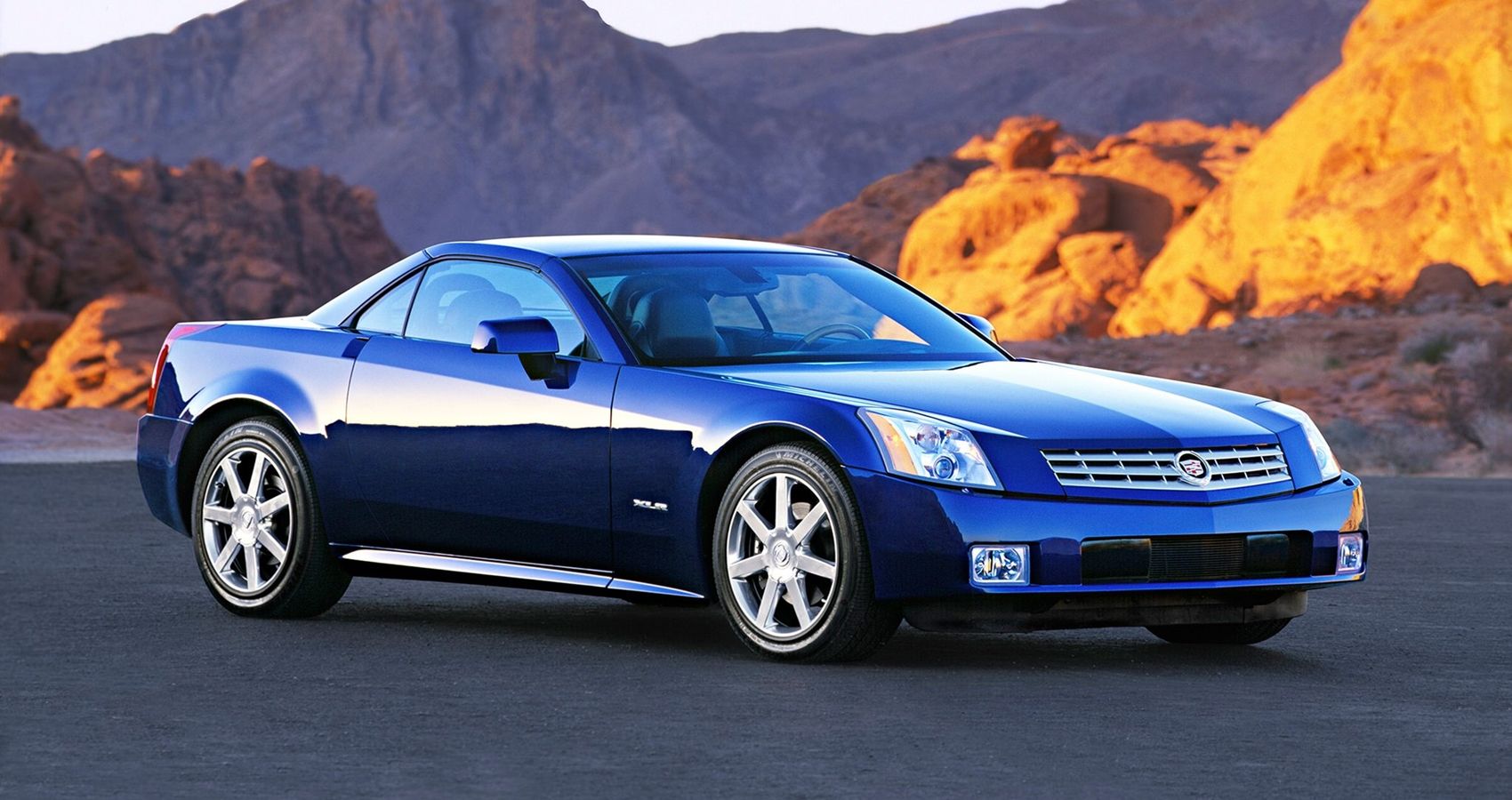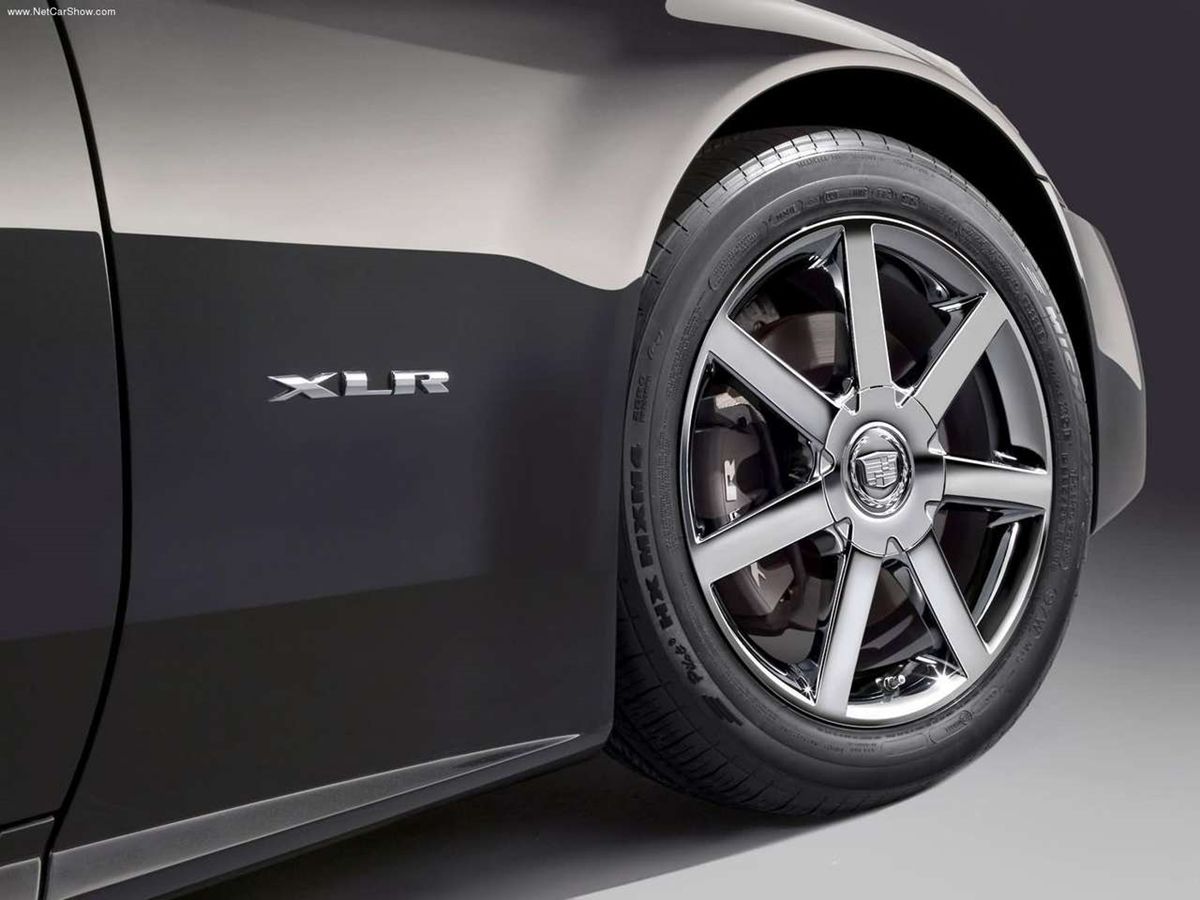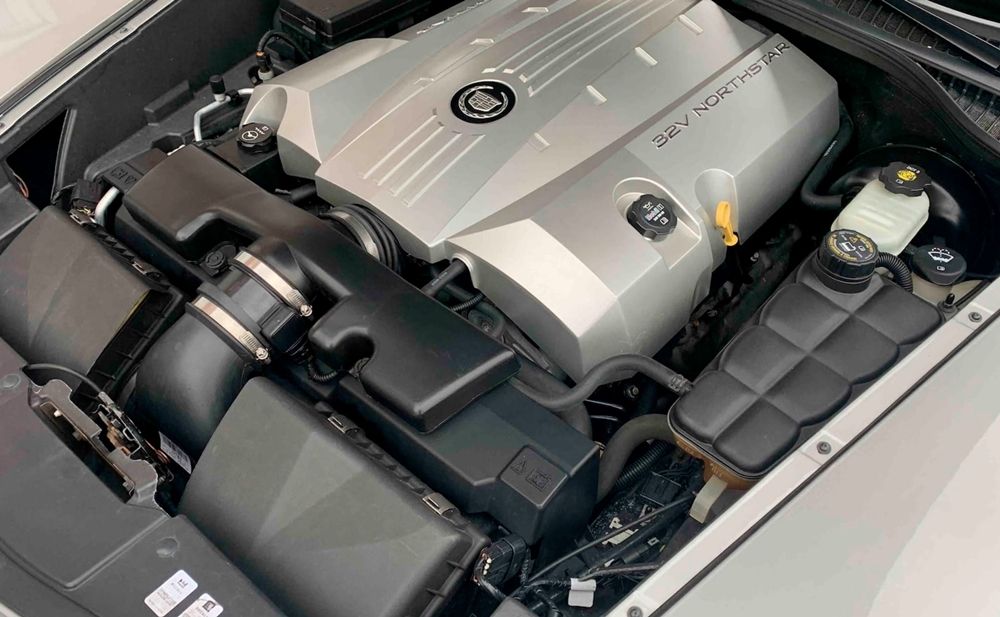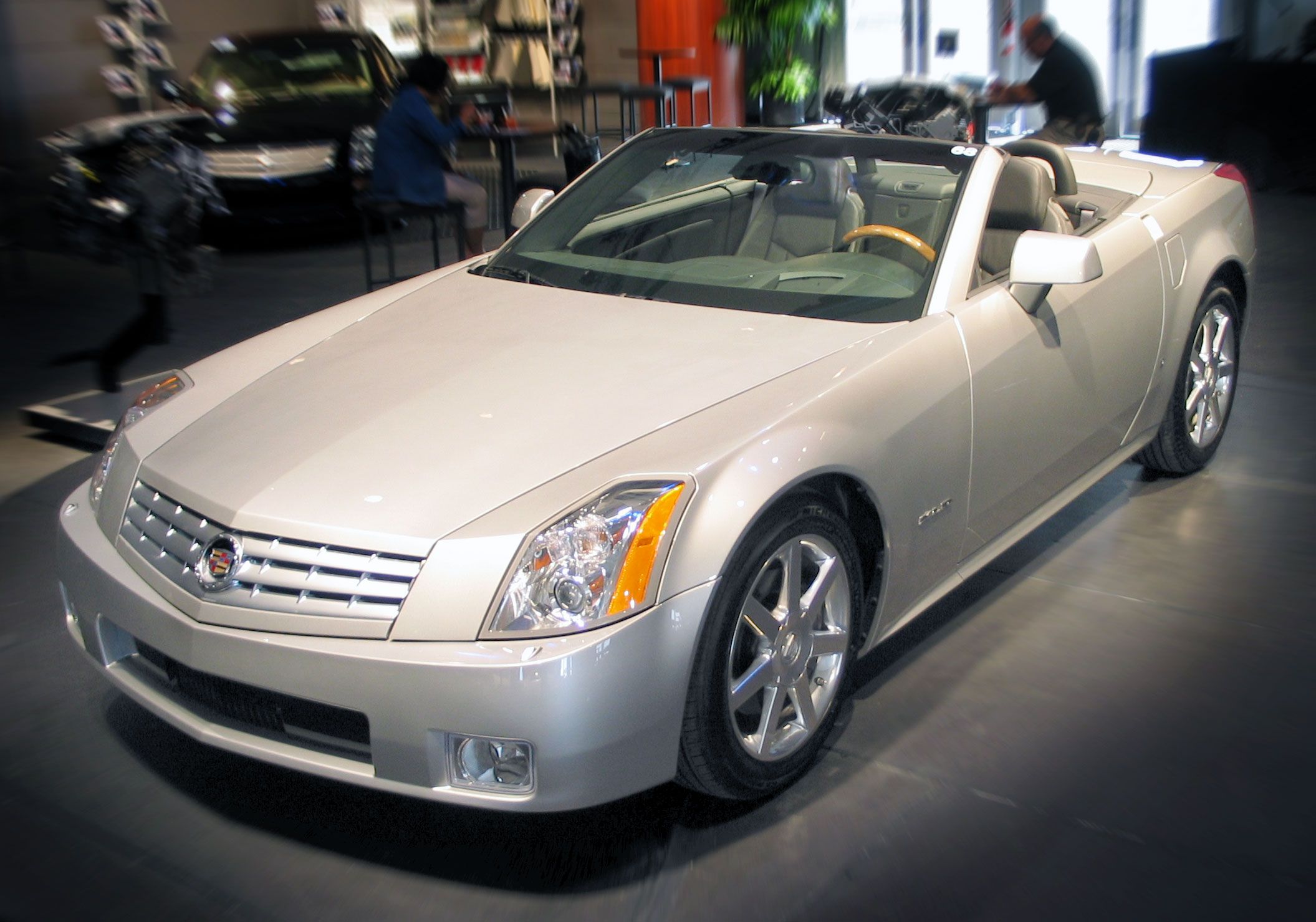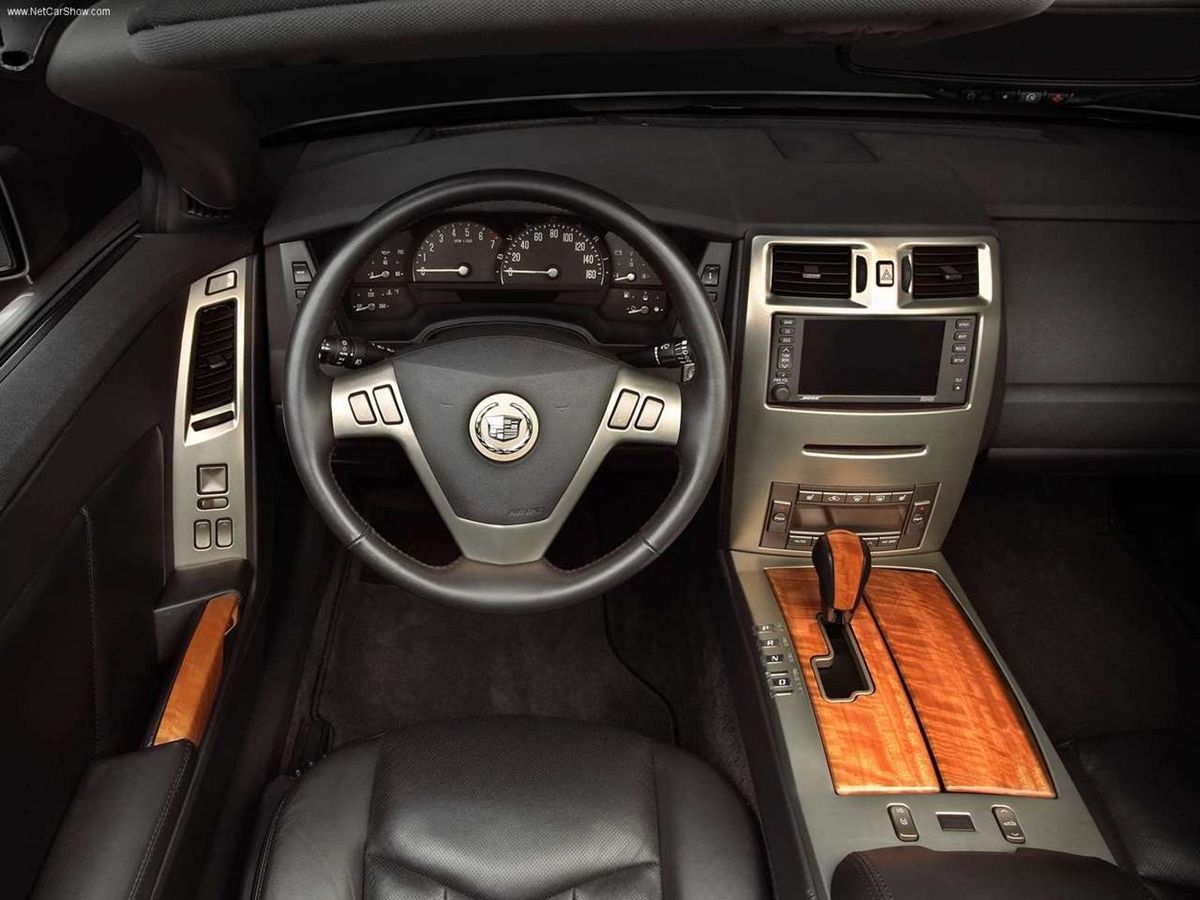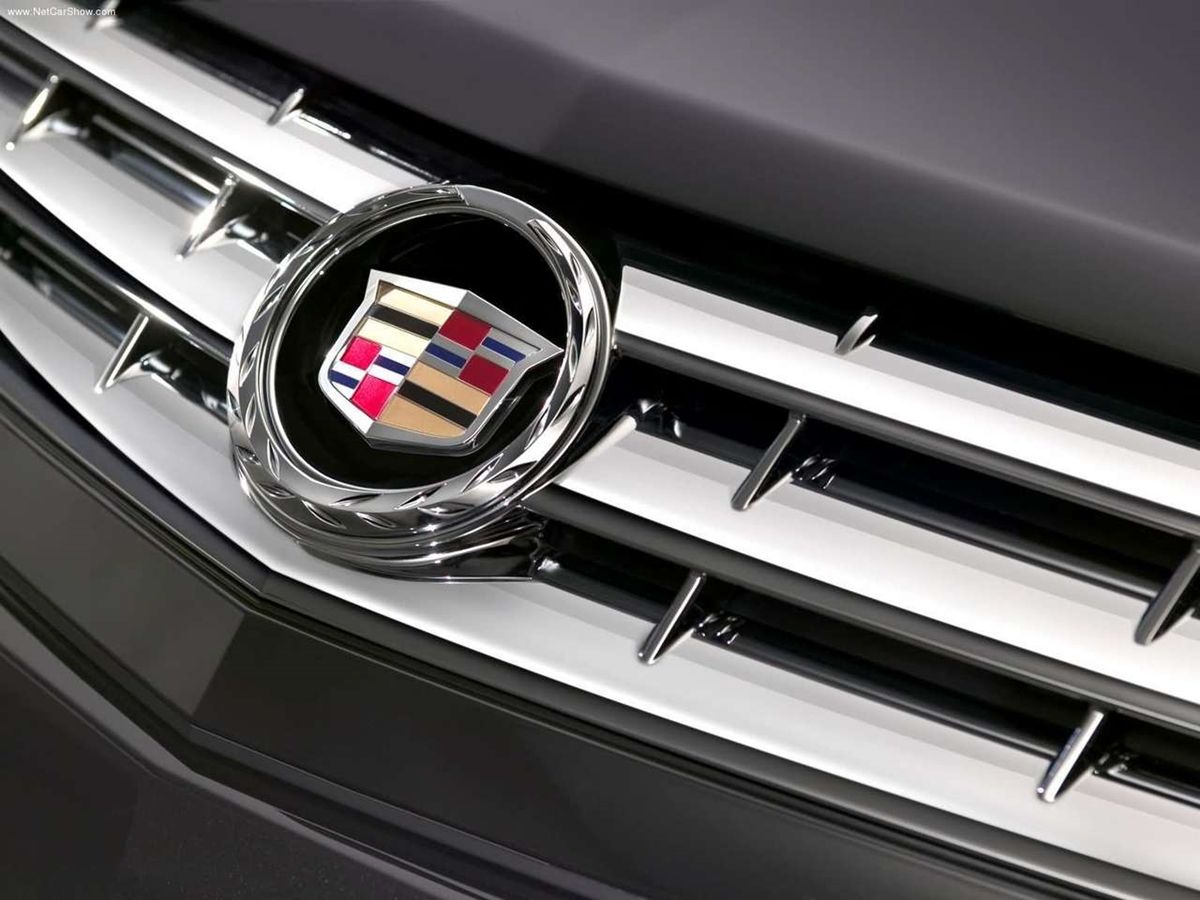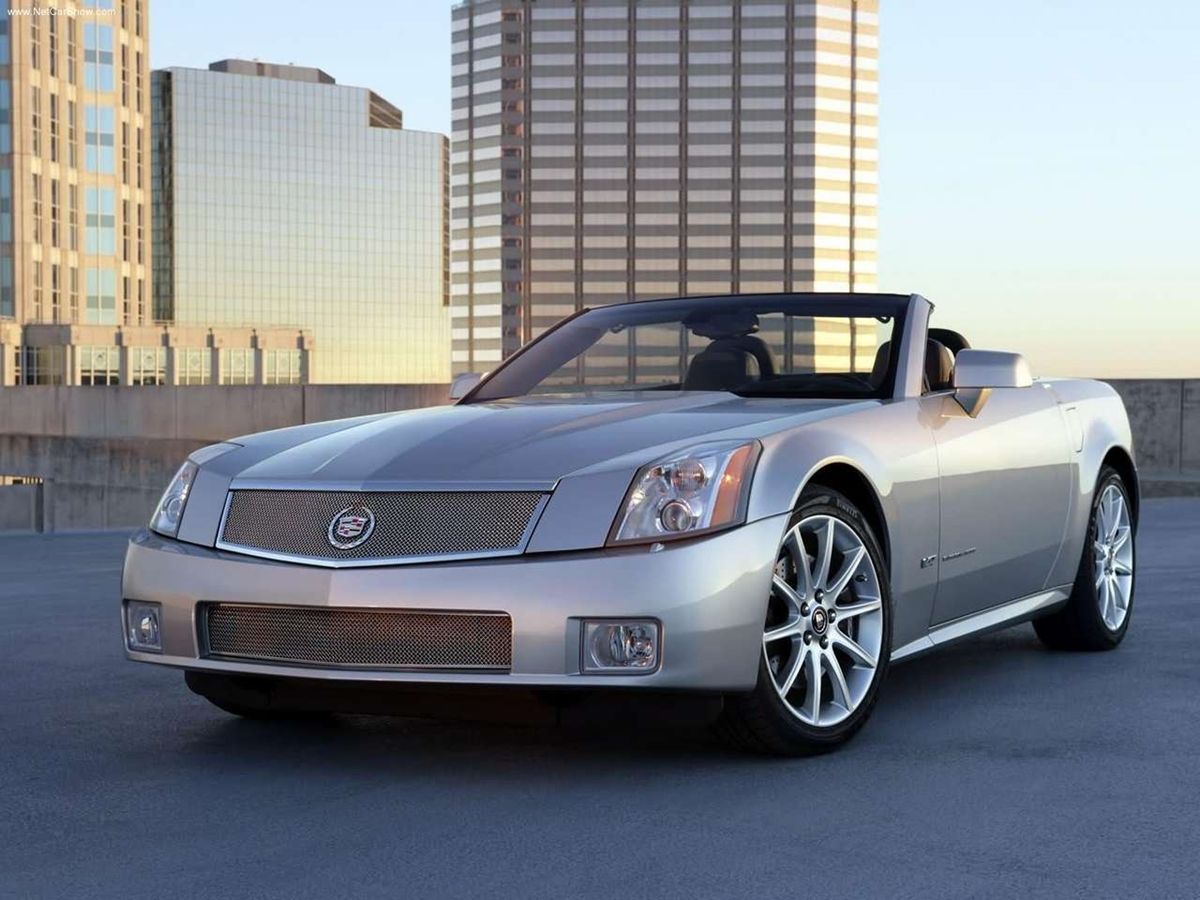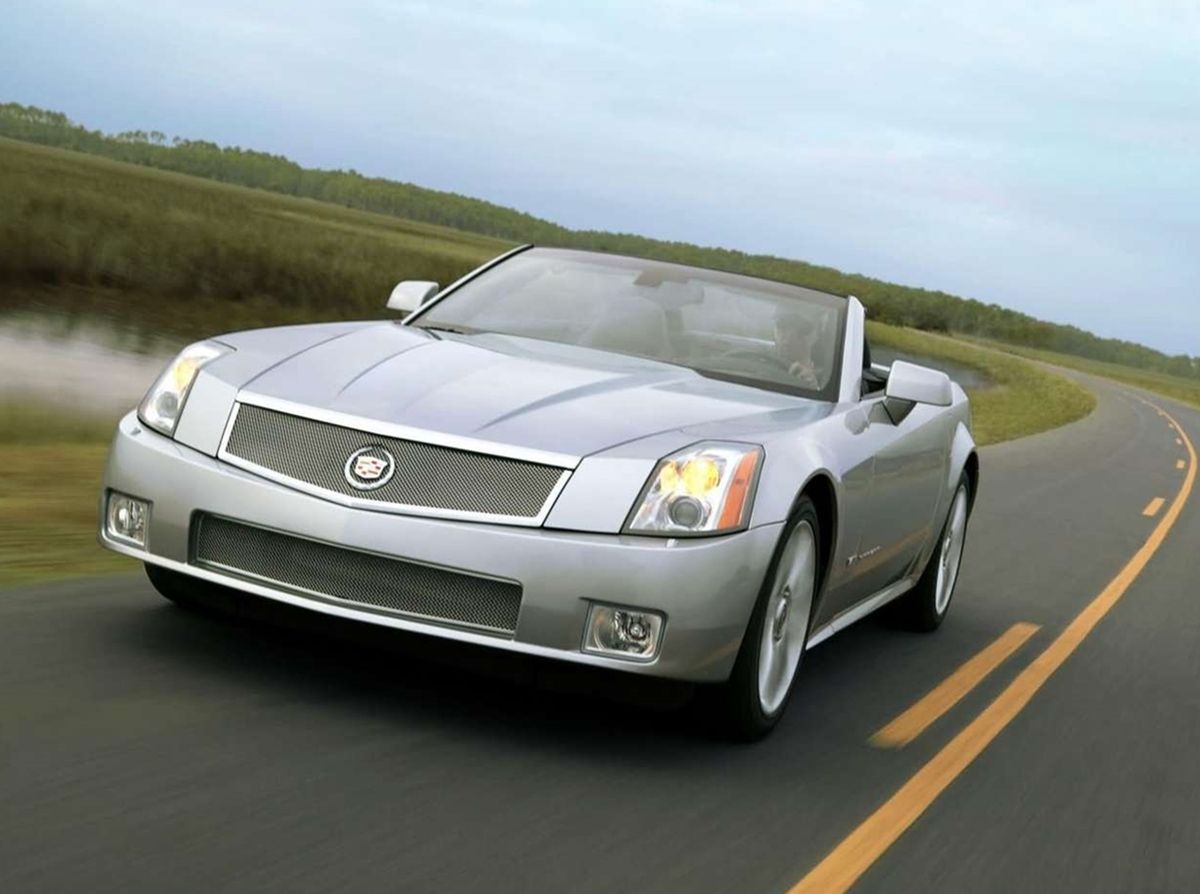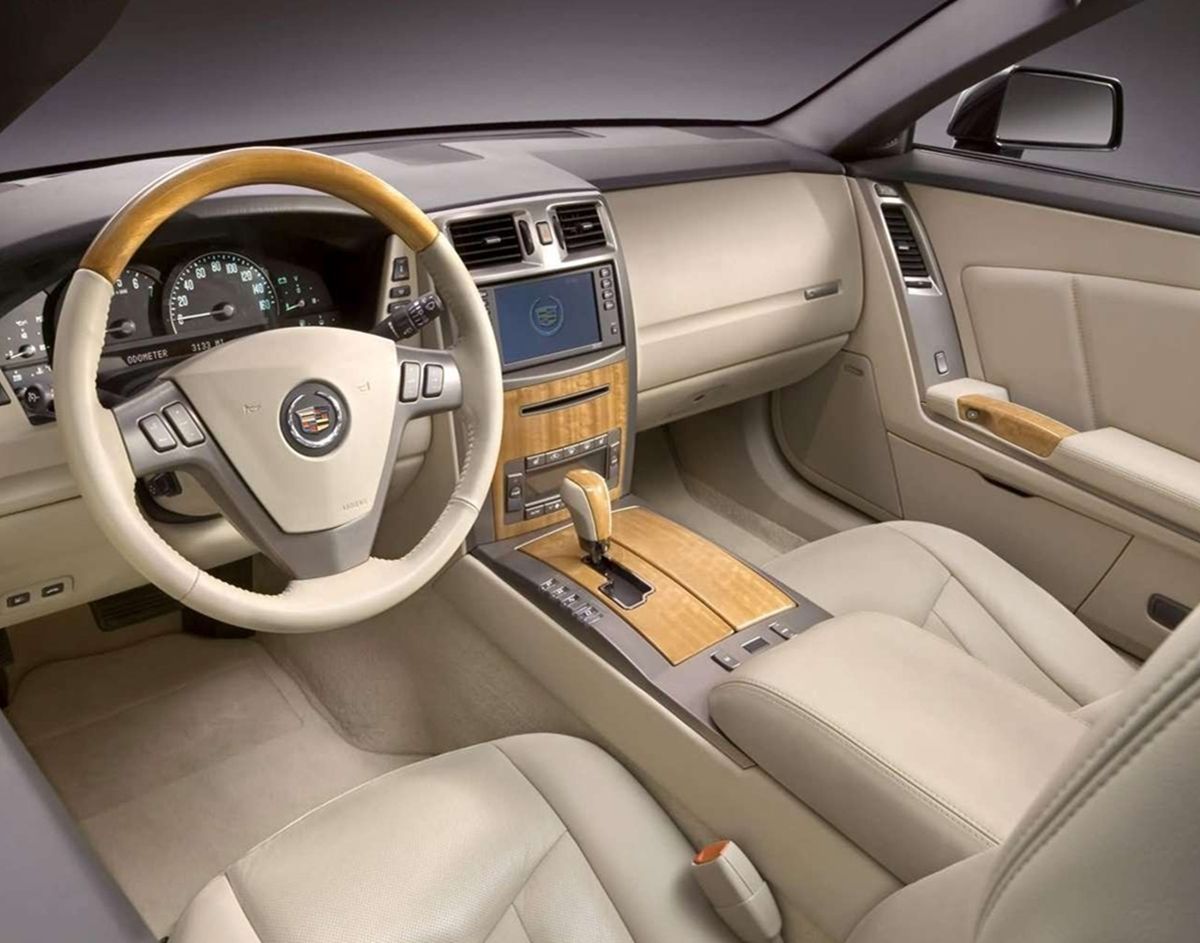Cadillac went through a period in the late 1990s and early 2000s when they created some spectacular-looking designs. From the World Thorium fuel concept to the stunning Cadillac Evoq, they had some genuinely unique elements. The Evoq dazzled the fans at the 1999 Detroit Motor Show, and thankfully, they applied a lot of the design in the production Cadillac XLR rather than keeping it as a concept and having us speculate about what might have been.
The XLR was one of the earliest designs inspired by the new design philosophy known as "Art and Science."
Cadillac's entry into the twenty-first century marked a significant departure from the chubby town car style of the 1990s. They went all angular to get over that millennium glitch. They wanted razor-sharp edges that you'd cut yourself on. Although the CTS-V was spectacular, the XLR was the crème of the crop. When pitted against the Mercedes-Benz SL550, it didn't appear to have much of a chance, but in retrospect, the XLR has fared much better.
The Cadillac XLR offered a surprising amount of extra features and technology. However, despite being cool on paper, the model failed to sell. Check out a few of these facts about Cadillac XLR.
8 The XLR Was Marginally Slower Than A Vette
The Cadillac XLR, based inspired by the Chevrolet Corvette C6, is a polarizing vehicle: you either loved it or loathed it. Why? For those seeking a one-of-a-kind attractive style, the 2-door roadster was an intriguing option. Cadillac seemed to have over-promised when it introduced the XLR as a sports vehicle. The XLR lacked the necessary speed to compete with other sports car offerings in its price range. The aluminum retractable hardtop, which added a lot of weight and made the XLR heavier than the Corvette it was built on, was one of the reasons why the XLR was deemed overly slow.
7 It Features A 4.6-Liter Northstar V8
The XLR marked a significant divergence from the Corvette in terms of powertrain. The engine was a 4.6 liter 32-valve DOHC Northstar V8 rather than an LS V8. It produced 320 hp and 310 lb-ft of torque. As with the Corvette, the XLR included a transaxle in the rear, but only a five-speed automatic transmission was available as a premium vehicle.
While the flagship XLR couldn't compete with the Vette in terms of sheer performance or value for money, it did use the Corvette's solid chassis to create a stylish, well-performing luxury roadster that embodied Cadillac's new vibe.
6 It Won The North American Car Of The Year Award In 2004
The Cadillac's luxurious XLR sports roadster was named "Interior of the Year" award winners in 2004 by a panel of 5,500 automotive industry executives. The overarching design theme is contemporary luxury, with suitable visual and tactile cues throughout. Unique eucalyptus wood and aluminum accents were incorporated. Additionally, the Cadillac XLR's navigation system was named "Navigation System of the Year."
5 The XLR'S Interior Was Designed By Bulgari
The Cadillac XLR has been dubbed the "luxury Corvette" by some, which is a fair description of the car. Using the C6 base and built at the Bowling Green plant where Corvettes are manufactured, it cranked up the volume by delivering a very sumptuous cabin. Italian luxury brand Bulgari, for example, created the gauges and key fob to seem high-end and unlike anything you'd find in a Corvette.
4 The Ultra-Luxurious XLR Platinum Model Offers Additional Exterior Identifiers
The ultra-luxurious XLR Platinum model gets unique aesthetic identifiers, such as new exhaust tips exiting beneath the rear fascia, rear fascia trim, and a new 18-inch wheel design (painted wheel finish is standard; chrome is optional). The Platinum models include premium elements such as chrome accents, real wood, and exquisite upholstery, as well as Cadillac's manufacturing process, in which craftsmen hand-cut, wrap, and sew interior components.
3 The XLR-V Performance Enhancement
In 2009, the Cadillac XLR went out of production. The manufacturer enabled the model to end on a high note. It released a high-performance supercharged XLR-V model with a 443-horsepower engine producing 414 lb-ft of torque.
It reached a high-speed climax in 4.6 seconds, going from zero to sixty mph with a limited top speed of 155 mph. The automaker upgraded the inside and added a new fascia to both the front and rear of the vehicle, as well as chrome side fender vents on the rear. To match with the new 19-inch wheels, larger brakes were added. The XLR made its final run on March 31, 2009, when the last vehicle in this production line rolled out of the factory.
2 The Cadillac XLR-V Can Compete With The Mercedes-Benz SL-Class
The 2008 Mercedes-Benz SL competes against the Cadillac XLR, a vehicle that, like the SL, straddles the premium car/true sports car divide. XLR follows the Mercedes benchmark in terms of size, comfort, power, and speed. It is rear-drive and is powered by a 320 hp 4.6-liter Northstar V8. It accelerates from 0-60 mph in roughly six seconds and can reach a factory-limited 155 mph.
1 One Of GM's Most Expensive Cars
In 2006, the XLR-V was priced at $97,485. By 2008, the price had increased to $99,160, according to Autoblog. This resulted in the Cadillac XLR becoming one of General Motors' most expensive cars at that time. Nowadays, seeing an XLR on the road is extremely rare, and seeing an XLR-V is even rarer. As a result, they are still relatively expensive on the secondhand market.
Cadillac has had some success in its constant quest to reinvent itself with certain models (Escalade, CTS-V) faring better than others (ELR hybrid). Regardless of the future, Cadillac is unlikely to produce another two-seat V8-powered roaster in the vein of the XLR.

